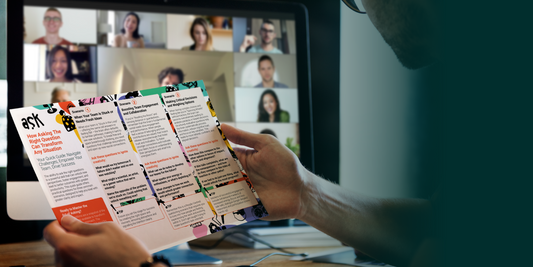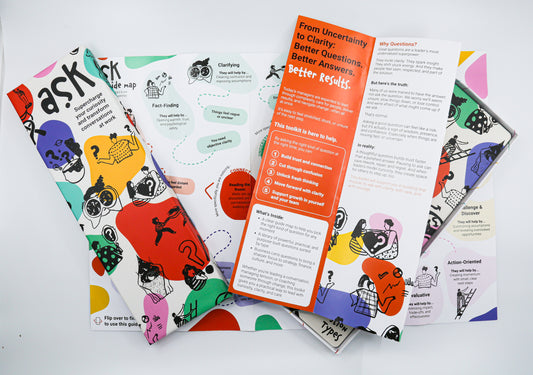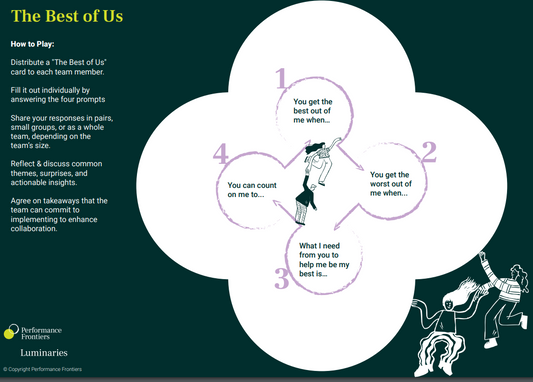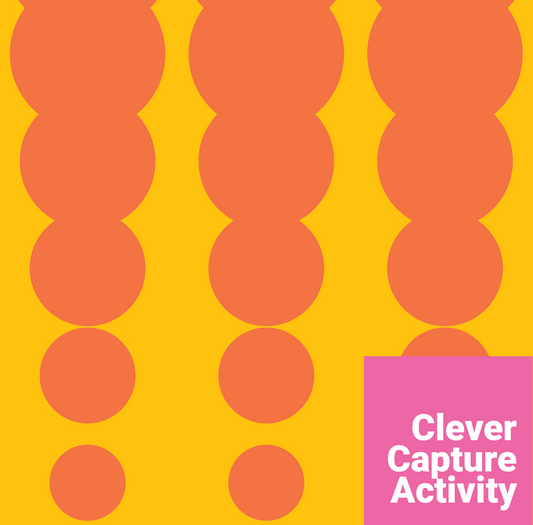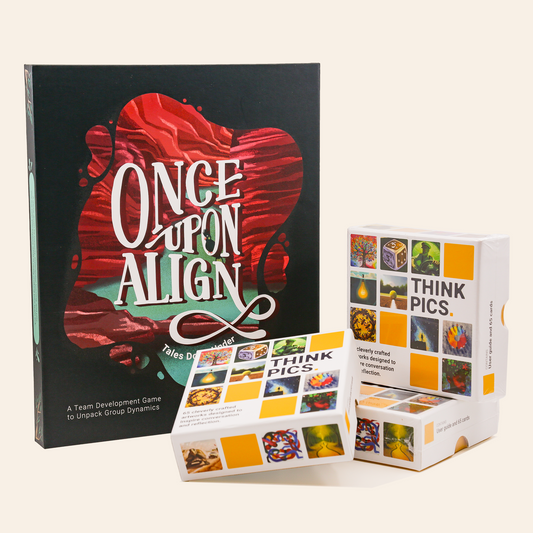We’ve all been to a poorly facilitated meeting. The same few people speak at length. The conversation meanders into long digressions. The majority of the group sits in silence. Not only is it unproductive but this type of meeting can actually be harmful for engagement. It is unlikely to achieve much in the way of connecting people or getting the intended results.
But meetings are here to stay, and their capacity (if done right) to bring groups of people onto the same page, to connect, to collaborate and to spark ideas is irreplaceable. Despite this, we consistently underestimate the importance of facilitation skills in leaders. The big challenge for leaders is getting these meetings to meet their potential.
That’s why facilitation skills are a key leadership capabiity. Rather than thinking about microtips for meetings, here we want to talk about the four key principles that enable a powerful group conversation. If we practice these going into every meeting, we are sure to make an impact. So, let’s get started:
- Setting the Context
The first step in any effective facilitation is positioning the group well. People come into meetings in a variety of different headspaces – from open and curious to threat and scarcity. We want people to see the meeting as a “new space”, which breaks from whatever was happening before. Usually, this includes two parts:
- The icebreaker – A tried and tested way to start any meeting is with an exercise to help build a sense of connection and get people talking. We might also choose to start with exercises which stimulate creativity if our session concerns idea generation. Research shows that “humour and laughter patterns” are a positive predictor of a meeting and, consequently, team performance. For a simple icebreaker idea, check these out.
- Agenda setting – Certainty is a basic social need for people. Providing an agenda upfront allows us to relax into the session. It also means we know what we are trying to achieve along the way, so we have something to refer back to when things get off track. Circulate a clear and simple agenda either before or at the start of the discussion.
Build these two steps into every meeting to set the session up for success.
Your most powerful weapon as a facilitator is questioning. Much of unearthing new ideas and unspoken dynamics is about asking the right questions. We might use focus questions to start off a discussion. Alternatively, we might need to ‘inject’ questions to get people talking more.
Hal Gregersen suggests a number of tips around getting the best questions including:
- Using open, short and simple questions
- Starting with descriptive questions (e.g., what’s are we seeing?) before moving to speculative questions (e.g. what if?)
- Rooting questions in the group’s mission or objective for the session (so that they feel relevant)
Using questions also prevents us from moving into action-bias and remain in the inquiry space for longer. This will mean we get better results in the long term. Before a meeting, write down a list of questions you might use to stimulate discussion around the topics being explored so you are prepared when there’s a lull.
The ultimate goal for any facilitation is to support the emergence of insight from the group. Whether that insight is creative ideas, better ways of working, surfacing group dynamics or building deeper connections, we are aiming to make these outcomes real and apparent for people. Even a simple update meeting is about having clarity emerge. There are a few aspects to this:
- Divergence then convergence – Any group insight process should start from a principle of going broad before building consensus. We want to bring all our possible divergent ideas to the floor before discarding those that aren’t right for us. This will allow the best ideas to emerge.
- Shared experience – Sharing our experience as humans is what connects us to each other and to our broader purpose. Emergence is enabled when we are able to see each other’s authentic desire for our work and collective capability. Bringing in exercises which require us to be open, vulnerable and speak from the heart will drive the connection and, ultimately, the work of the group.
- Amplifying energy – Great facilitators also have a role to play in building the energy of the group towards their emergent work. Get people passionate through a slow build in the potential of the what they are doing. Celebrate what you are achieving as it happens!
Once we are in a session, things can go in a range of different directions. There are certain places where we might want to take the reins of a discussion and steer it. For example:
- The best ideas come when everyone contributes – consider inviting those who are less comfortable jumping in, to add their thoughts to the mix.
- As a corollary to that, sometimes we may need to redirect to manage time wasting and over-talk – use some gentle redirections to get things back on track when we stray off topic or see a heavy concentration of attention on one or two speakers.
- Providing summation and clarification of the group’s ideas at key points can help with building consensus and getting everyone on the same page. A simple summation starts with “What I am hearing is....”
- Finally, if we are seeing conflict we may need to act to preserve the trust and safety in the room. While holding some measure of expressed feeling can be very powerful, when it passes beyond that, it’s our role as the facilitator to diffuse and potentially have the group take a break.
The skill of facilitation is far-reaching and is something we can practice across the breadth of our networks to have more meaningful and powerful discussions. If we are really conscious about these four dimensions of facilitation prior to our next session, we can design a powerful meeting of the minds.
One of our favourite tools for getting people thinking and talking in facilitated sessions is Think Pics.
Think Pics is a set of 65 carefully curated artworks that serve as a powerful catalyst for igniting imagination, problem-solving skills, and profound conversations. Designed to leverage visual processing and evoke emotional and cognitive responses, these cards level the creative playing field in teams.
Whether you use them as an ice breaker to stimulate discussion, a tool for exploring a system or current state, or a creativity supercharger for blue-sky thinking, they can support your facilitation practice as you seek to foster that powerful moment of emergence.


